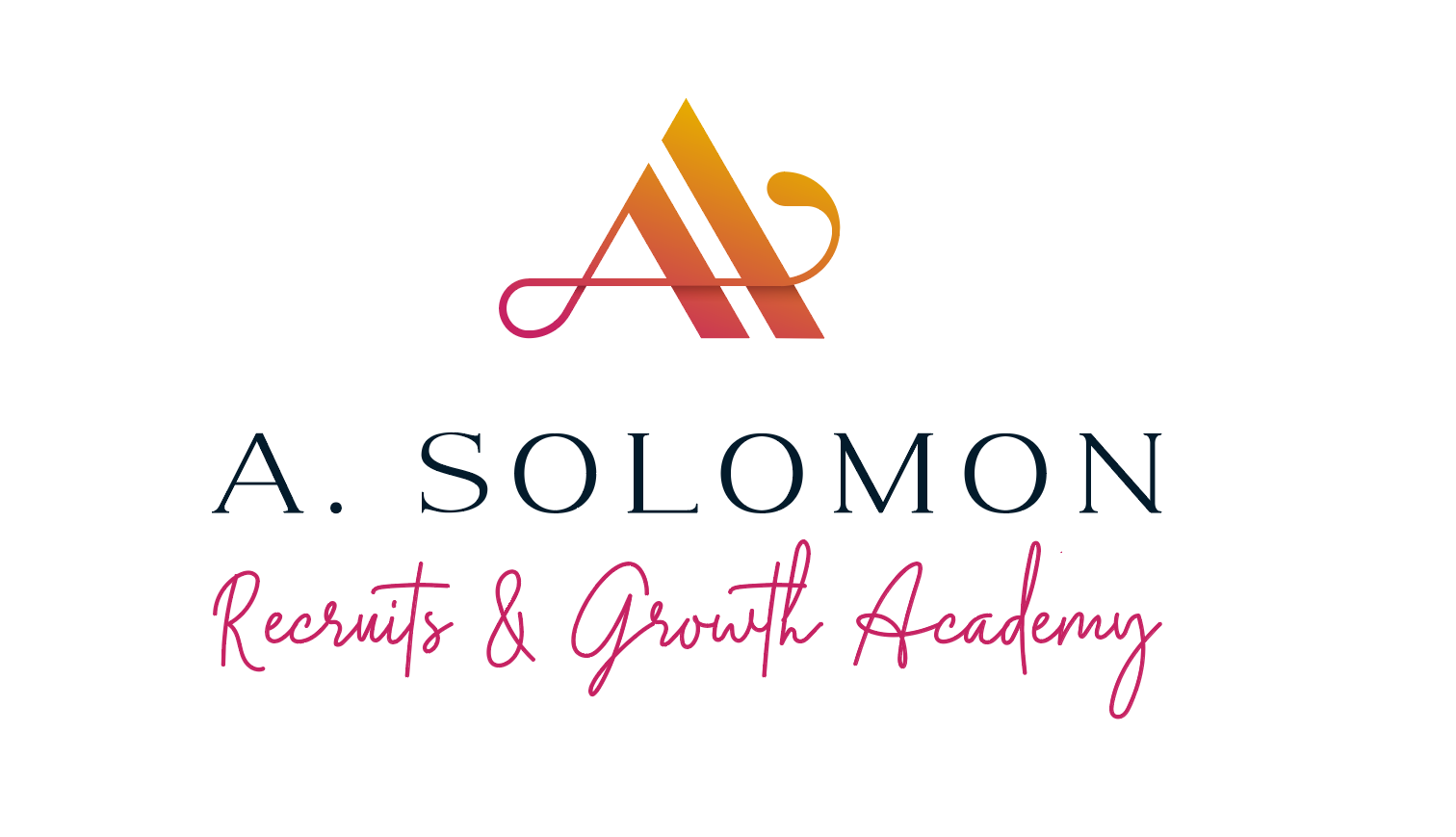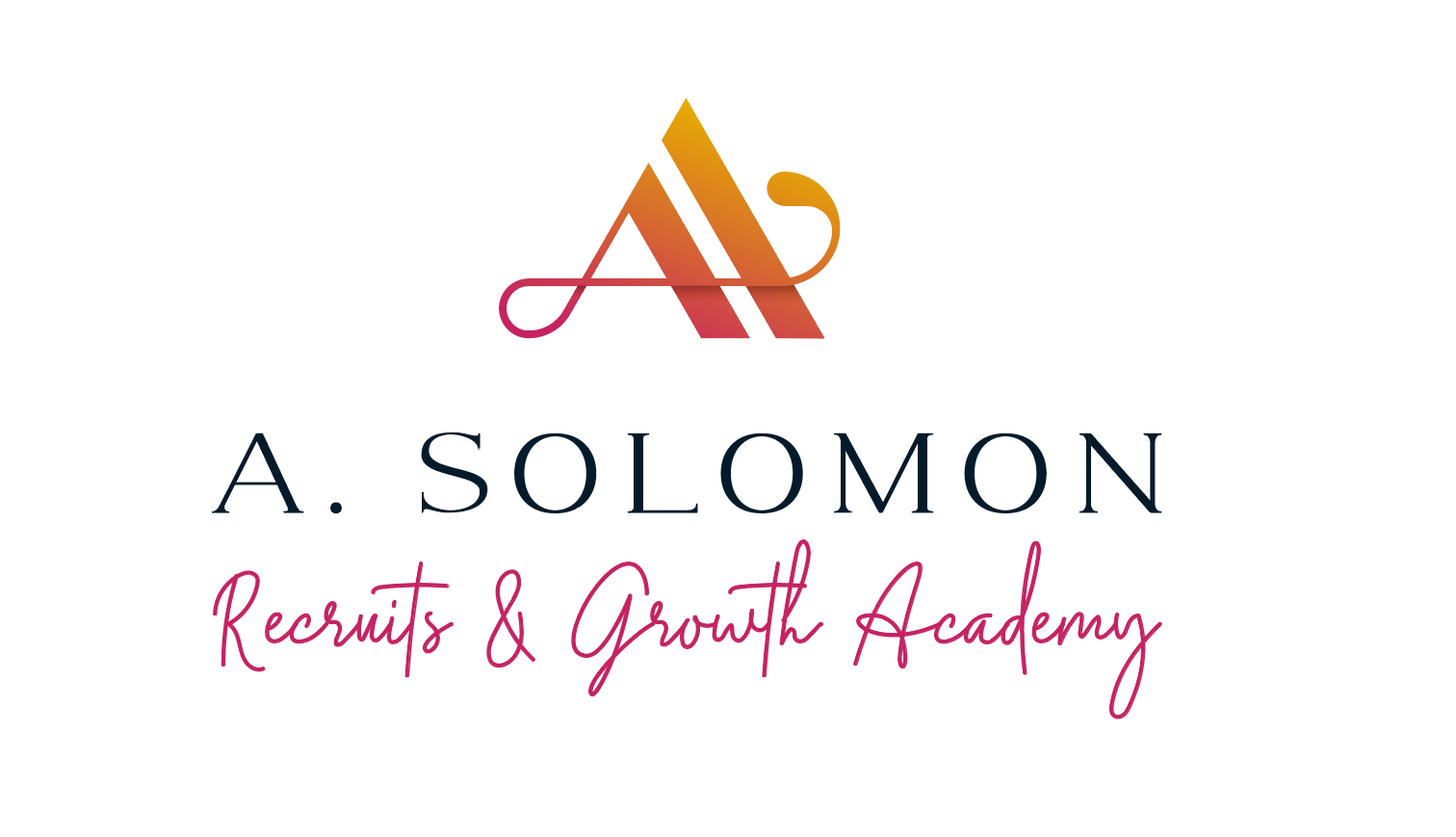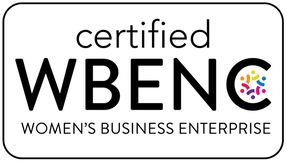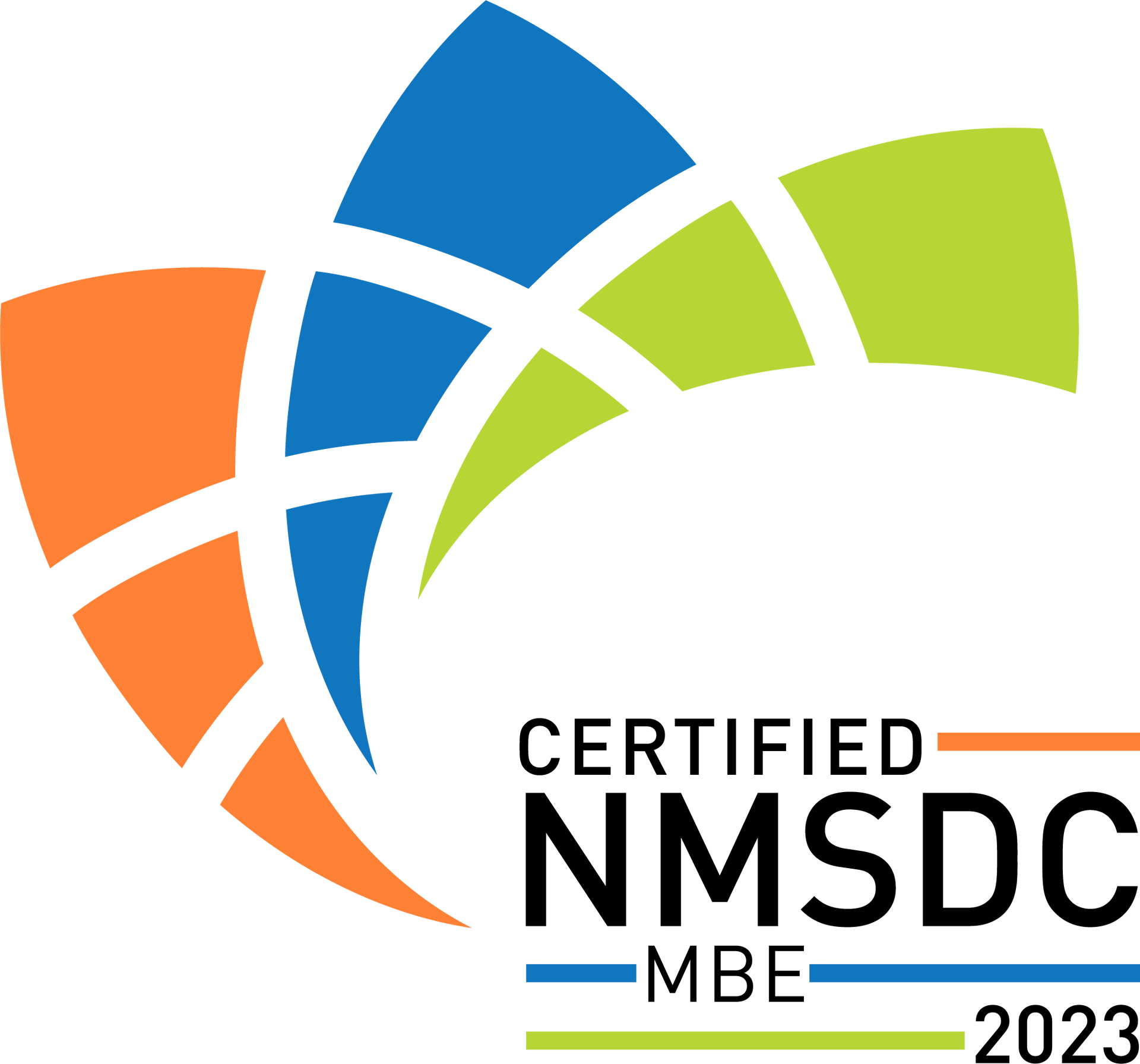Family Structure, Company Structure
Yesterday was Mother's Day, I would like to give a special shoutout to all the mom bosses out there who do a great job of running families and businesses simultaneously. Both are equally important and deserve pause for respect, admiration, and reflection. Reflection is the operative word here, because I think that there is actually a lot to learn from the world of motherhood that is applicable in the world of business. I am thinking specifically about how D&I initiatives need to be birthed and nurtured the way children are, but how they also ultimately require autonomy—what is that perfect balancing act of not too much but not too little control?
The key concept here that I want to highlight is fluidity. Parenting is constant process of trying, sometimes failing, sometimes being successful, adapting, and learning as you go. No one is born as a perfect parent—in fact, the entire idea is oxymoronic: we have to be children first, who are parented, before we can grow up, and, having learned through the ways we were parented, come up with our own system. Children require what feel like opposing things: they need to be protected, guided, and shielded from all the dangers and pains that the real world has. On the other hand, everyone needs to learn for themselves, developing a sense of independence, resiliency, and self reliance. Developing that requires being left alone, and most importantly, it requires being allowed to fall and get back up again.
As a parent, that’s easier said than done. True story—just this last week, my oldest daughter who is a full grown, wonderful, independent adult, got in a fender bender. She suffered a minor burn on her hand, and that was all. It took every bone in my body not to hop on a plane and go care for her. She even had to talk me off the ledge, saying “Mom, I’m fine, don’t come down, don’t worry.”
The point is that companies would do well to learn from this push and pull of hands-on hands-off parenting conundrum. Companies absolutely have to give birth to—as complex within company culture, structuring, re-educating, etc. as is the human life birth process—to D&I initiatives that they help guide, nurture, and set boundaries for when necessary, but which are also able to ultimately find their own feet. D&I needs to instill true acceptance and understanding within company culture. But while that’s a reachable goal, it’s also a high one, and of course there are going to be bumps and bruises along the way. A company needs to conceive, implement, and deploy these strategies, but then to be self-aware in how it steps back and allows the process to unfold in the most healthy, holistic way. A lot of D&I is trial and error, just like parenting, and there’s no one size fits all solution. Companies need to persevere, trying new things when old models don’t work, and remaining open to the fact that sometimes the failure of a strategy may lie with the very people who are trying—with good intention—to implement change. Sometimes, both in parenting, and in company culture, you need to let go of control, and let ideas take their own form.
What’s important to remember are the ties that truly bind us, the bloodlines that motivate such a deep desire to make something other than us successful, happy, and the best it can be. Whether that is literal bloodlines (children) or figurative ones (new ideas, strategies, or initiatives), we can all admit that there is something truly magical about a mother’s love and its potential.
A mother's love builds nations and create legacies.
A mother's love champions progress and is steadfast in setbacks.
A mother's love withstands obstacles.
There’s nothing like a mother’s love.
We are better together!
I AM someone who sees incredible potential in places most people don't think to look. As an owner of a diversity staffing boutique, my team and I walk alongside our Clients in creating professional environments that are truly for ALL. I believe in our interconnectedness as a human race and strive every day to use my gifts to empower the workplace’s invisible and powerless. I rarely bet on certainty and always root for the underdog because, after all, those are the best stories to tell.
Hi there! Thanks for reading! Follow Angela Solomon on her social profiles! | LinkedIn: /ASolomonRecruits | Facebook: @ASolomonRecruits | Instagram: @A.SolomonRecruits | Twitter: @AS_Recruits | Pinterest: @AS_Recruits






